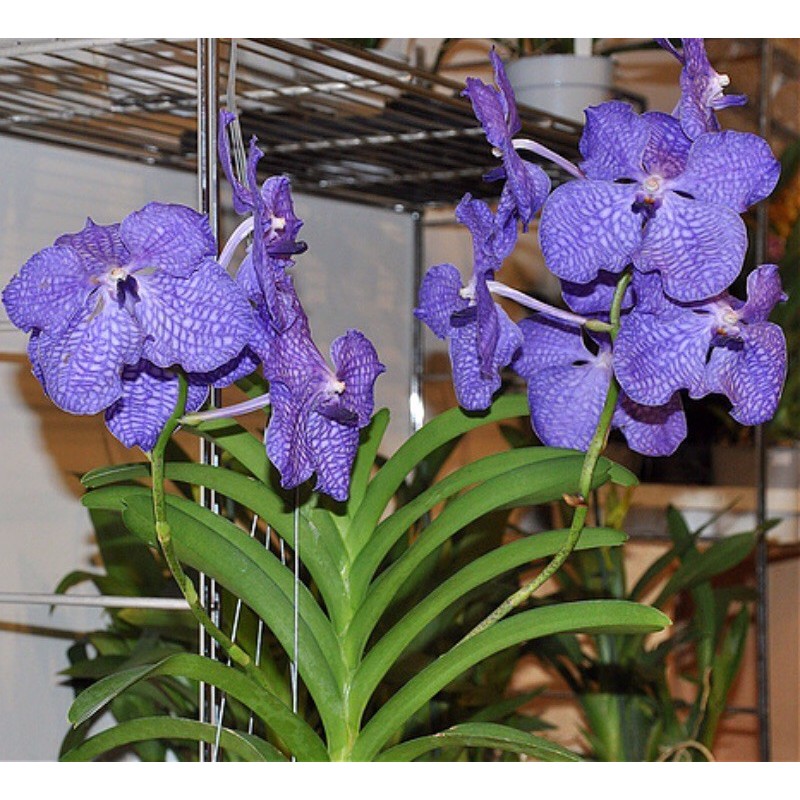






In its natural habitat this orchid obtains nutrients from the rains or from the morning dew that settles in the roots.
The best way to water the orchid is to spray the roots, or to immerse all the roots of the plant in water (at room temperature) for five to ten minutes.
In the summer must be watered every day.
The optimal humidity for this type of plant is around 80%, sprayed the Vanda and then about three times a week.
A couple of times per month you can fertilizzarla dissolving the fertilizer directly in the irrigation water.
In the winter, when the plant is at rest, not concimatela.
If grown in optimal conditions, it can bloom 3 times a year.
--
The vanda is an orchid epiphytic, with a root system that particular airplane.
In 1613 was discovered by Alvin Semedo and was called “tia-hua" or plant area.
Its roots are like sponges that can absorb very quickly a lot of humidity.
The roots also act as anchors to get that stay firmly in place on the trees.
The plant does not need soil.
The Vanda bloom more times per year without any specific season and the flowers have a shelf life of several weeks.
It takes 8 years before the Vanda is ready for its first flowering.
The first 5 years the seedlings are growing in nurseries in Thailand and after being transported in the Netherlands in the companies of the AncoOrchidee are placed in a cultivation for a whole year up to the bloom and the sale of the same. For more news visit the site vwvw.ancoorchidee.nl.
--
(taken from the book of Alfredo Cattabiani "Florario. Myths, legends, and symbols of flowers and plants", Editions of Oscar Mondadori. A book to read and consult ! )
In ancient China, orchids were associated with festivals of spring and were used to ward off evil influences, and in particular the sterility.
The physician Dioscorides recommended to eat the tubers of orchids as a remedy against sterility.
In the middle Ages were attributed to the species of Italian orchids the same properties fecondatrici of which spoke the Ancient, so much so that the roots were used to create the filters and the elixir of love.
The Greeks called the orchid also kosmosandalon, sandal in the world, to the lip swelling that is found in many species spontaneous in the mediterranean area and resembles the tip of a shoe.
But the beauty of the flower of the orchid has also evoked the symbol of Harmony, and even the emblem of spiritual Perfection, because beauty is carnal and earthly, as taught by Plato, is nothing but a materialization of the invisible to our eyes of mortals.
Data sheet